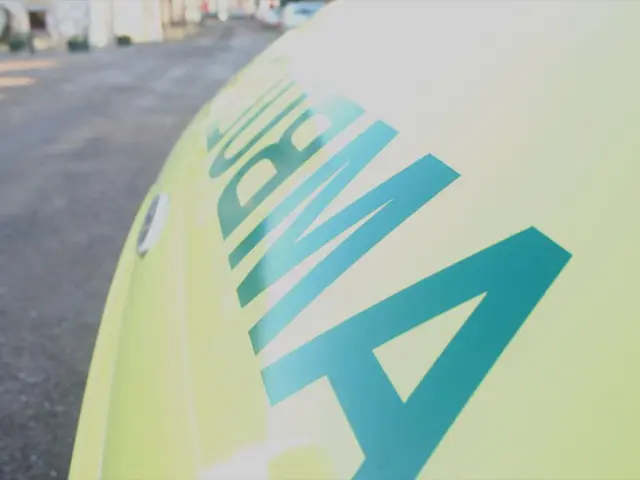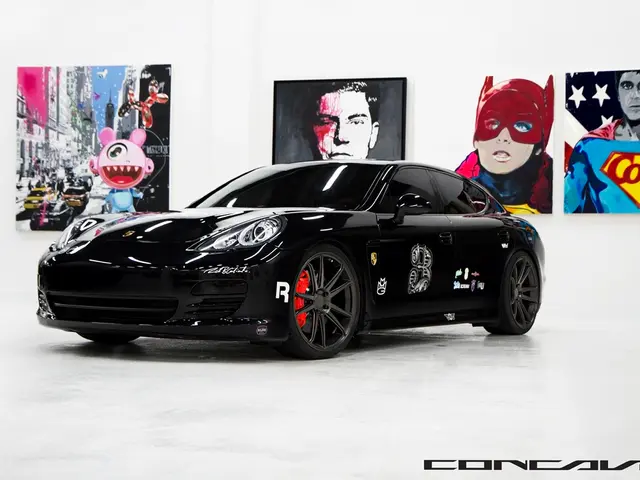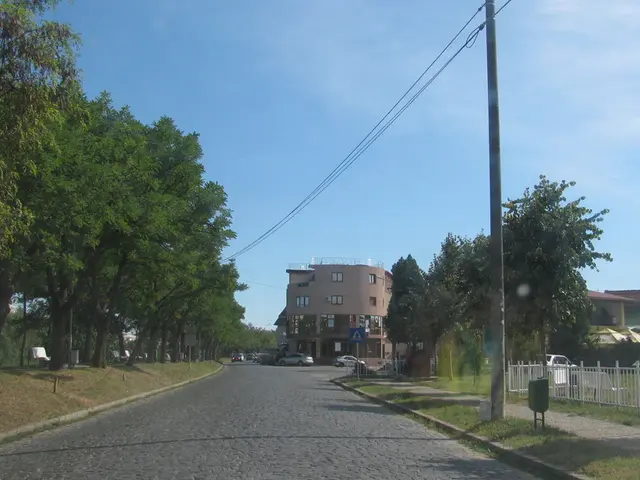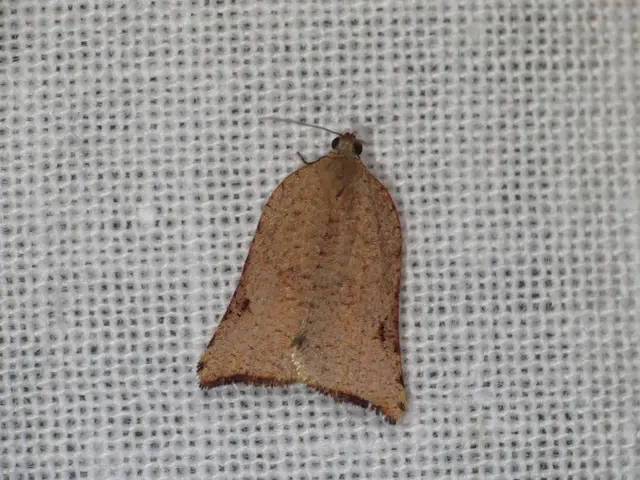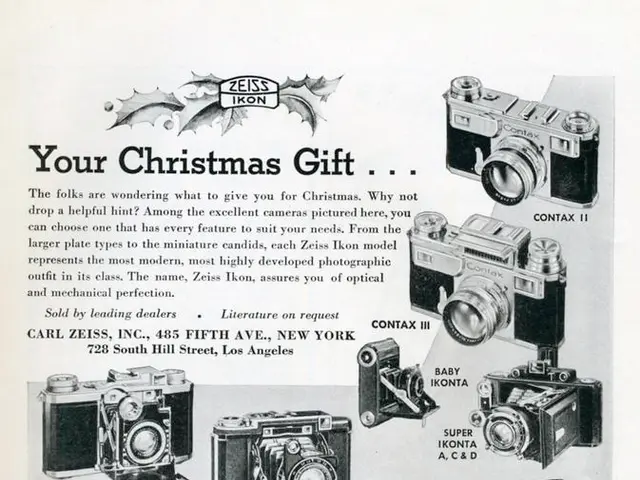Luxurious G-Wagon May Be Future Transportation for Pope Leo XIV within Vatican Precincts
Introducing the latest Papamobile, a custom-built electric vehicle modeled after the Mercedes-Benz G-Class, shining the spotlight on the benevolent intersection of technology, tradition, and sustainability.
In 2024, Pope Francis became the proud owner of this state-of-the-art vehicle, gifted to him by Mercedes-Benz CEO, Ola Källenius. The electric Papamobile boasts features like a bulletproof glass canopy, adjustable seating to accommodate the Pope's needs, and a pristine white interior.
It's a bittersweet rockstar exit, as on the eve of his demise, this car was Pope Francis' final ride. The limelight now shifts to Pope Leo XIV, who may don this masterpiece – priced a hefty 500,000 dollars – at a future date.
Mercedes-Benz' decision to create an emission-free version of the Papamobile was made in line with the Pope's stance on environmental justice, a clear testament to their commitment to sustainable transportation. Ola Källenius himself noted:
Mercedes-Benz has been the darling of many Popes, embarking on this journey together since the donation of the first Papamobile in 1930 – a Nurburg 460 Pullman Saloon given to Pope Pius XI.
Read on to uncover the captivating history and evolution of the Papamobile, from a humble ceremonial chair to today's technological marvel that maintains the delicate balance between protection and accessibility.
A Brief History of the Papamobile
Before the dawn of the Papamobile era, the Sedia Gestatoria ruled the papal arena. A ceremonial chair carried on the shoulders of attendants, it was officially phased out following Pope Paul VI's death in 1978.
A series of elegant horse-drawn carriages, adorned with red velvet and gold trimmings, captivated the attention of the public during the 1800s and are now preserved in the Vatican Museums. In the 20th century, the era of automobiles dawned, introducing the first popal wheeled vehicles like the Graham Paige 837 limousine and the Nurburg 460 Pullman, a gift from Mercedes-Benz.
In the mid-20th century, Pope John XXIII's Mercedes-Benz 300D convertible opened up a new chapter by enabling the Pope to stand up for better visibility. Other notable vehicles from this period included the Lincoln Continental and the Citroën SM.
The world took notice when the English term "Popemobile" was first coined during Pope Paul VI's visit to NYC in 1965. The popularity of this unique vehicle grew exponentially during John Paul II's 1979 visit to Ireland, making it a familiar sight around the globe. The era of enclosed vehicles built for security purposes was ushered in after John Paul II's 1981 assassination attempt, with a focus on bulletproof glass, armored plating, and advanced protective measures.
Later Popemobiles borrowed from rugged models like the Land Rover and Range Rover, showcasing Mercedes-Benz's ongoing influence on this sacred mobile tradition.
The Essence of the Papamobile
Balancing visibility, security, comfort, and communication, the Papamobile stands as a testament to innovation and adaptability.
The Papamobile caters to the Pope's needs with features such as bulletproof or ballistic-resistant windows, armored plating, and secure steps to ensure safety and protection. Leopards can't change their spots, but the Pope can enjoy an air-conditioned sanctuary, fit for royalty. The throne-like seat and convenient handrails complete the package for the dignitary on the go.
With the latest Papamobile raking in headlines, it's an exhilarating moment to ponder the journey of the Papamobile from the past to the present. As sustainable transportation becomes more critical, the electric Papamobile is poised to ride the waves of progress – just like the Popes who have hopped aboard over the ages.
- Intrigued by the latest trend, someone might ask, "What's the story behind the electric Papamobile, modeled after the Mercedes-Benz G-Class, that emphasizes the fusion of technology, tradition, and sustainability?"
- Delving deeper into the history of it all, one might wonder, "Did the first Papamobile, donated in 1930 to Pope Pius XI, depict the same luxurious lifestyle and gadgets, as today's electric-vehicle counterparts?"
- Reflecting on the evolution of the Papamobile, a keen observer might ponder, "As technology continues to advance and electric-vehicles gain traction, what brand of automobiles could be gracing the Holy Father's travels in the future?"

